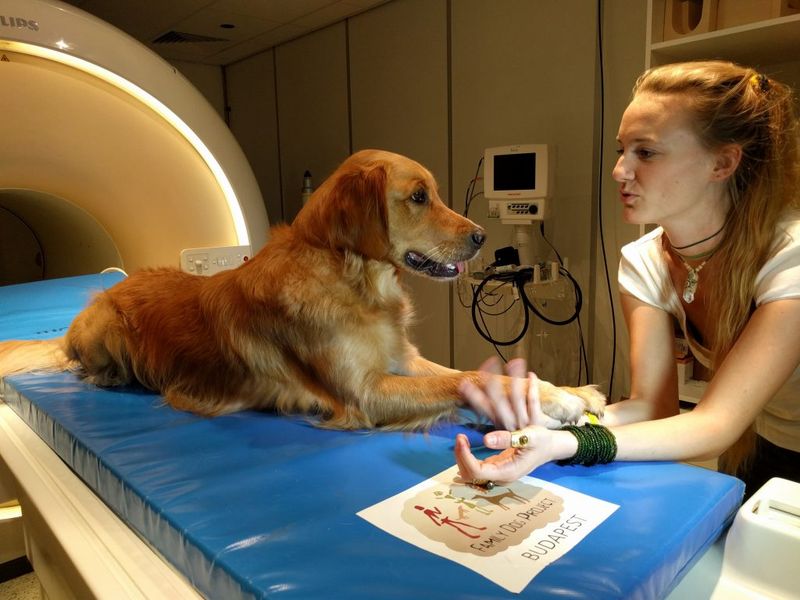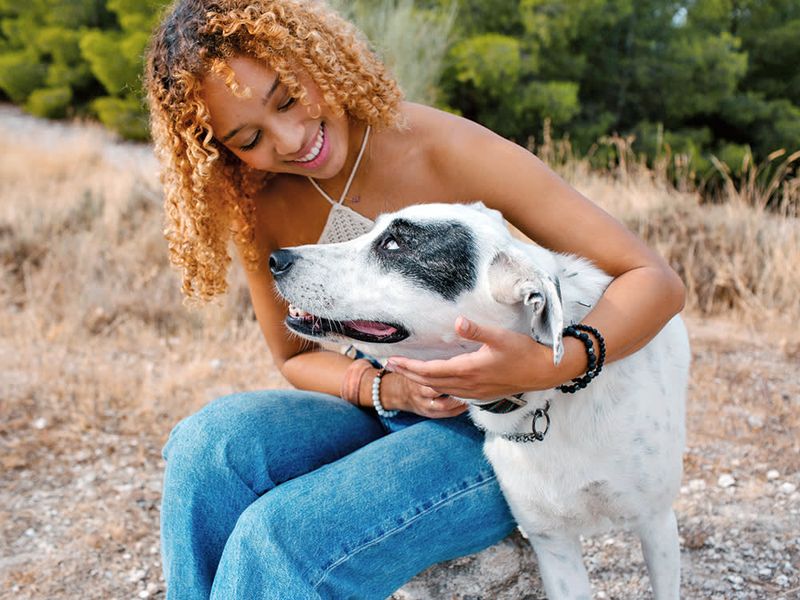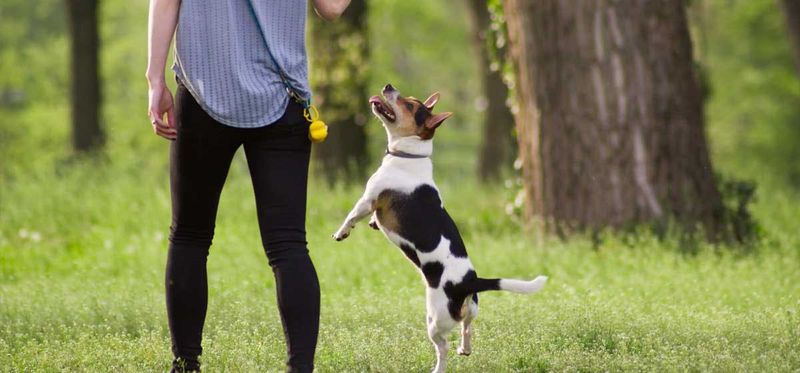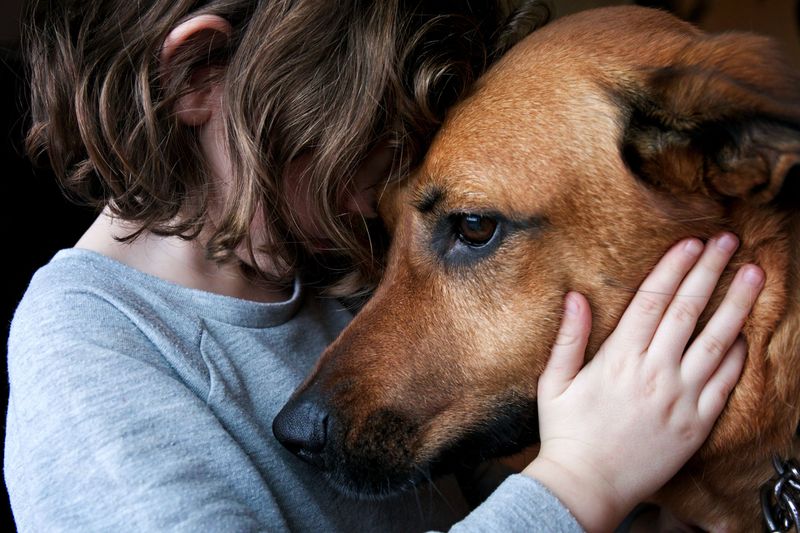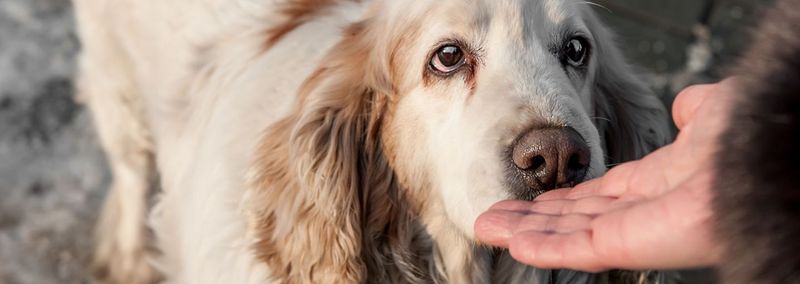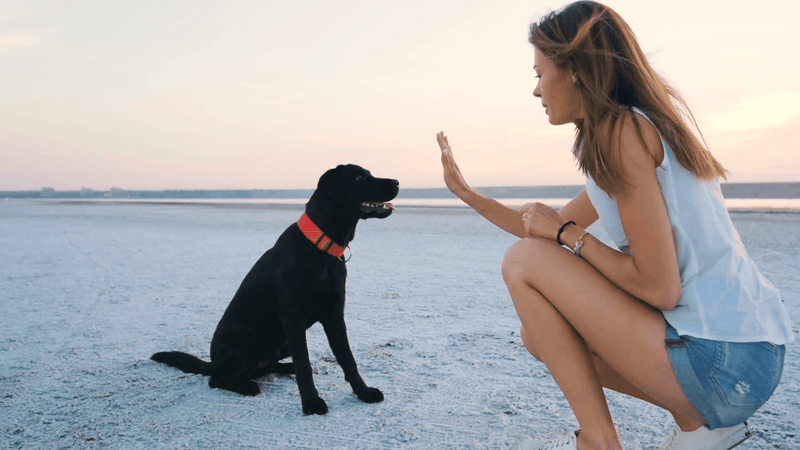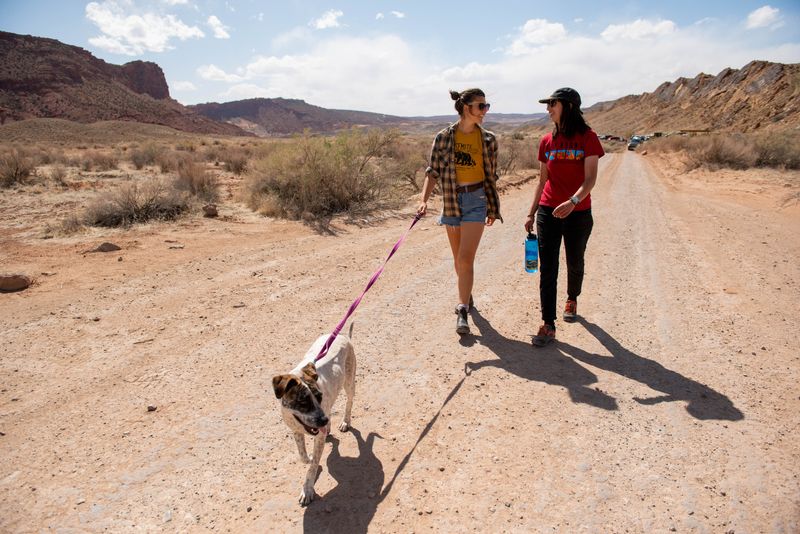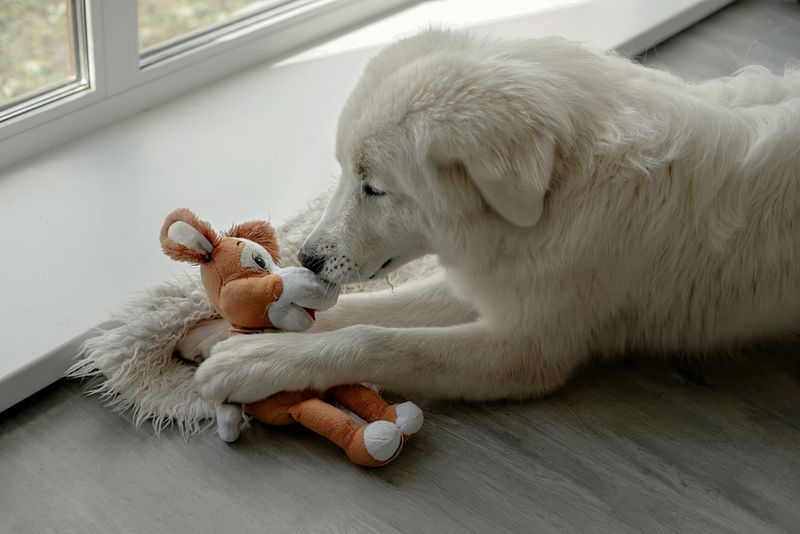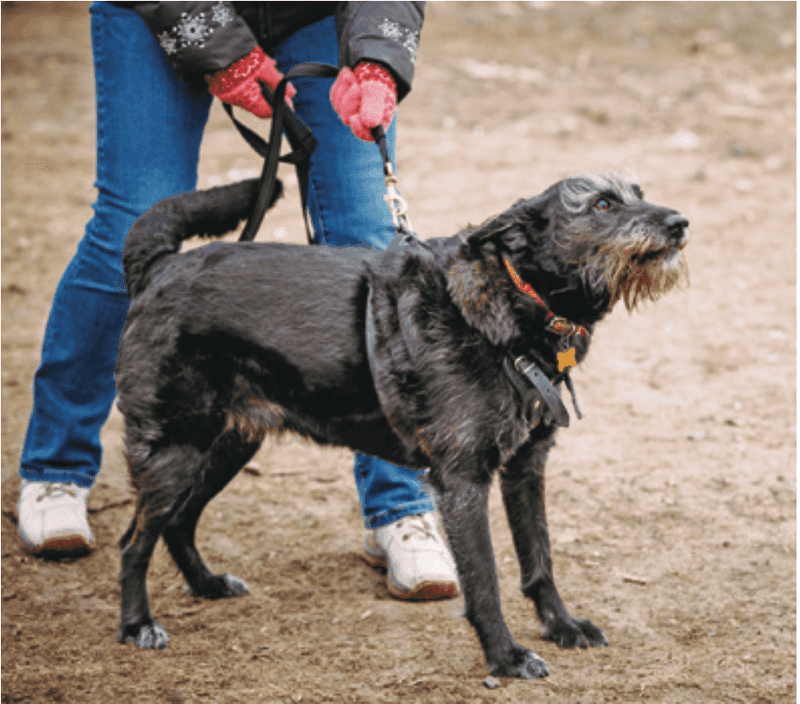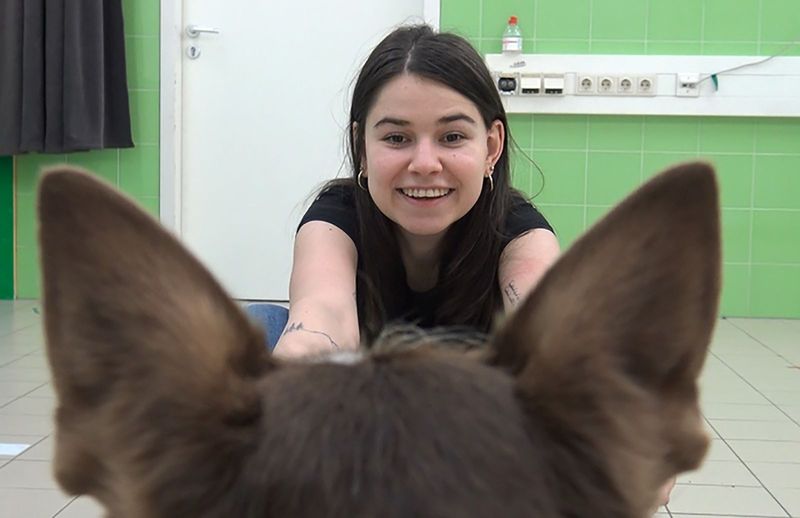Dogs have an incredible ability to remember and interpret human behavior. Their keen senses and strong emotional connections enable them to pick up on subtle cues in our everyday actions. This makes them not only great companions but also keen observers who notice things that we might overlook. In this article, we’ll explore 13 specific behaviors that your dog is likely to remember, shedding light on their remarkable memory and emotional intelligence.
Tone of Voice
Your dog remembers the tone of your voice more than the words you say. Whether you’re angry, happy, or calm, your dog picks up on these emotional cues. Dogs have evolved to understand human emotions through vocal tones, enabling them to respond appropriately.
Imagine your dog wagging its tail when you praise it with a cheerful voice or cowering slightly if you raise your voice in frustration. This ability makes communication between dogs and humans unique and profound.
Dogs’ sensitivity to tone helps them bond with their owners, reinforcing the special relationship they share.
Daily Routines
Dogs are creatures of habit, and they quickly learn your daily routines. Whether it’s the time you wake up, go to work, or take them for a walk, dogs remember these patterns.
Their internal clocks help them anticipate events, making them eager participants in your everyday life. You might find your dog waiting by the door just before you arrive home, showcasing their remarkable sense of time.
This consistency provides dogs with a sense of security and belonging, enhancing their emotional well-being. Dogs thrive on routine, and this connection strengthens the bond you share.
Facial Expressions
Dogs are astute observers of human facial expressions. They can gauge your mood by the way your face looks. Studies have shown that dogs can differentiate between happy, sad, and angry faces, tailoring their behavior accordingly.
This ability is rooted in their evolution alongside humans, where understanding emotions was crucial for survival and companionship. You might catch your dog offering comfort during your sad moments, proving their empathy.
Their understanding of human emotions through facial expressions enhances the mutual trust and love shared. It’s a testament to their emotional intelligence and adaptability.
Body Language
With keen eyes, dogs read human body language as part of their communication toolkit. They notice your posture, gestures, and movements, interpreting them to understand your intentions.
For instance, leaning forward might signal playtime, while crossing arms could indicate frustration. Dogs use these cues to respond appropriately, making them perceptive companions.
Their ability to decode body language bridges the communication gap between species, fostering a stronger bond. This skill highlights their intelligence and adaptability, making them responsive to our needs and emotions.
Emotional Changes
Dogs possess an uncanny ability to sense emotional changes in their humans. Whether you’re joyful, stressed, or anxious, your dog picks up on these emotional shifts.
Their empathy allows them to provide comfort when needed, often snuggling close during tough times. This sensitivity is part of what makes them excellent emotional support animals.
By tuning into your emotional landscape, dogs provide companionship and solace. Their capacity to sense and respond to emotions cements their role as loyal and understanding friends.
Scent Recognition
A dog’s sense of smell is incredible, allowing them to remember scents associated with people and places. They might greet you with enthusiasm if you’ve been around other dogs or familiar scents.
This olfactory prowess helps them navigate their world, providing comfort and familiarity. Your dog might snuggle into your clothing, drawn by your unique scent, reinforcing their connection with you.
Dogs’ scent memory is a powerful tool that binds them to their environment and loved ones, highlighting their unique sensory abilities.
Training Commands
Dogs are adept at remembering training commands, especially when reinforced consistently. The bond between you and your dog deepens as they learn to respond to your cues.
Commands like “sit,” “stay,” and “come” become second nature with practice, showcasing your dog’s eagerness to please. Consistent training strengthens your relationship and enhances mutual respect.
Training serves as a form of communication, enabling shared activities and adventures. Your dog’s ability to remember commands reflects their intelligence and adaptability.
Locations and Paths
Dogs have an impressive spatial memory, recalling familiar locations and paths. They remember the routes you take on walks, leading the way with confidence.
This ability stems from their ancestral roots, where navigating terrain was essential for survival.
Your dog might even guide you on a familiar path, anticipating stops along the way. Their navigational skills make walks enjoyable and adventurous, fostering exploration and companionship.
Favorite Toys
Each dog has a favorite toy, one that holds a special place in their heart. Dogs remember these cherished items, seeking them out for comfort and play.
The texture, smell, and even the sound of the toy contribute to its significance. You might notice your dog searching for a specific toy in a pile, proving their attachment.
These toys offer joy and companionship, making them an essential part of a dog’s life. The bond between a dog and its toy mirrors the affection shared with its owner.
Reactions to Strangers
Dogs are keen judges of character, often remembering strangers based on past interactions. Whether it’s a warm greeting or a wary stance, dogs recall these encounters.
Their reactions are shaped by their instincts, past experiences, and the stranger’s demeanor. You might notice your dog warming up to a familiar friendly face or avoiding someone they distrust.
This ability to assess strangers ensures protection and social harmony, reflecting their intuitive nature and enhances their role as vigilant companions.
Sound Recognition
Dogs have an extraordinary ability to recognize sounds, from your footsteps to the rustle of treat bags. This auditory skill allows them to anticipate your actions and react accordingly.
Your dog might rush to the door at the sound of your car or come running when you open the fridge. These audio cues form a soundtrack to their daily lives, making them feel connected.
Sound recognition enhances their awareness and responsiveness, showcasing their acute senses and relationship with the environment.
Meal Time Signals
Dogs are always alert to meal times, recognizing signals that food is on the way. The clinking of dishes or the rustling of kibble bags sends them into a flurry of excitement.
This anticipation highlights their acute sense of timing and eagerness to eat. Meal times become cherished rituals, reinforcing security and happiness.
Your dog’s enthusiasm for food reflects their primal instincts and the joy they associate with being cared for. This routine is a daily reminder of love and companionship.
Changes in Environment
Dogs are observant creatures, often noticing changes in their environment. Whether it’s new furniture or a change in layout, dogs pick up on these differences.
Their curiosity drives them to investigate, ensuring their territory remains familiar and safe. You might catch your dog sniffing around new additions, adapting to their presence.
This attentiveness helps them feel secure, highlighting their adaptability and keen senses. Their ability to notice changes reflects their intelligence and connection to their surroundings.

